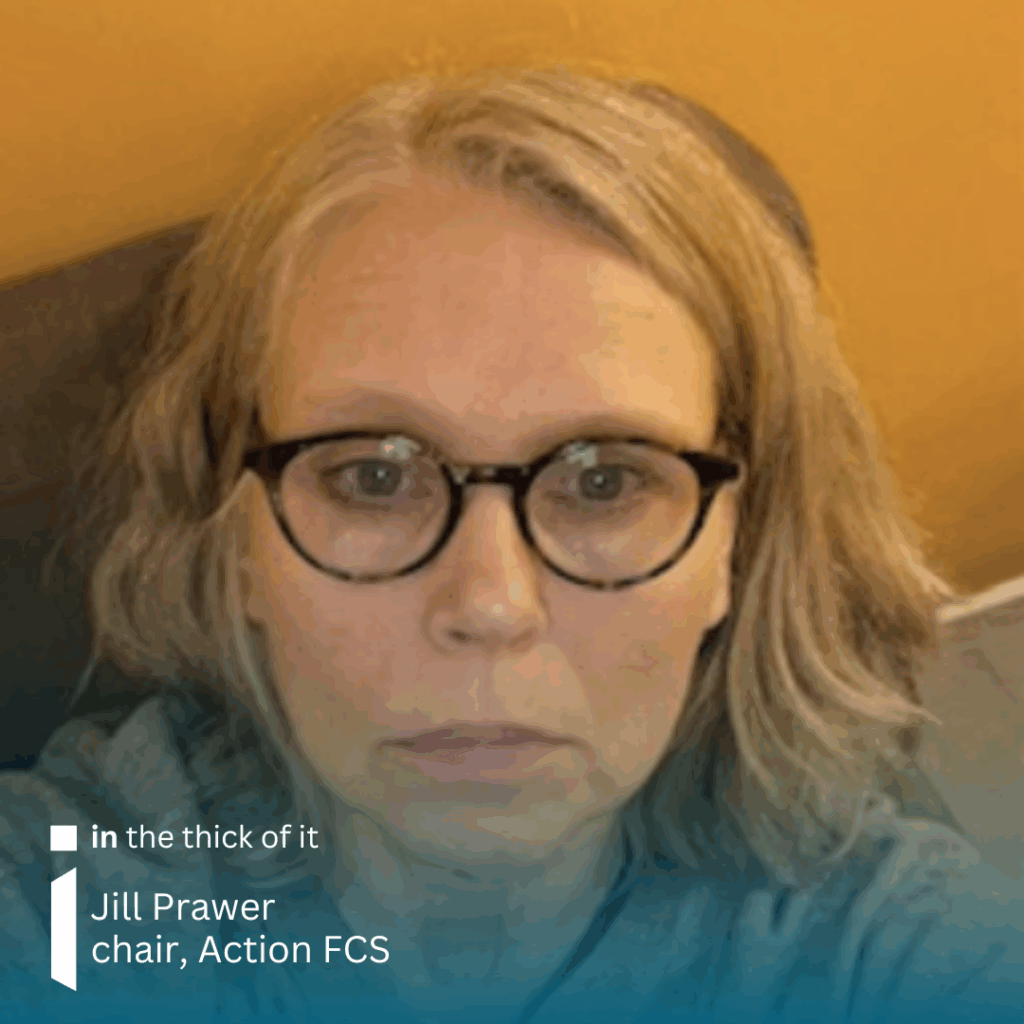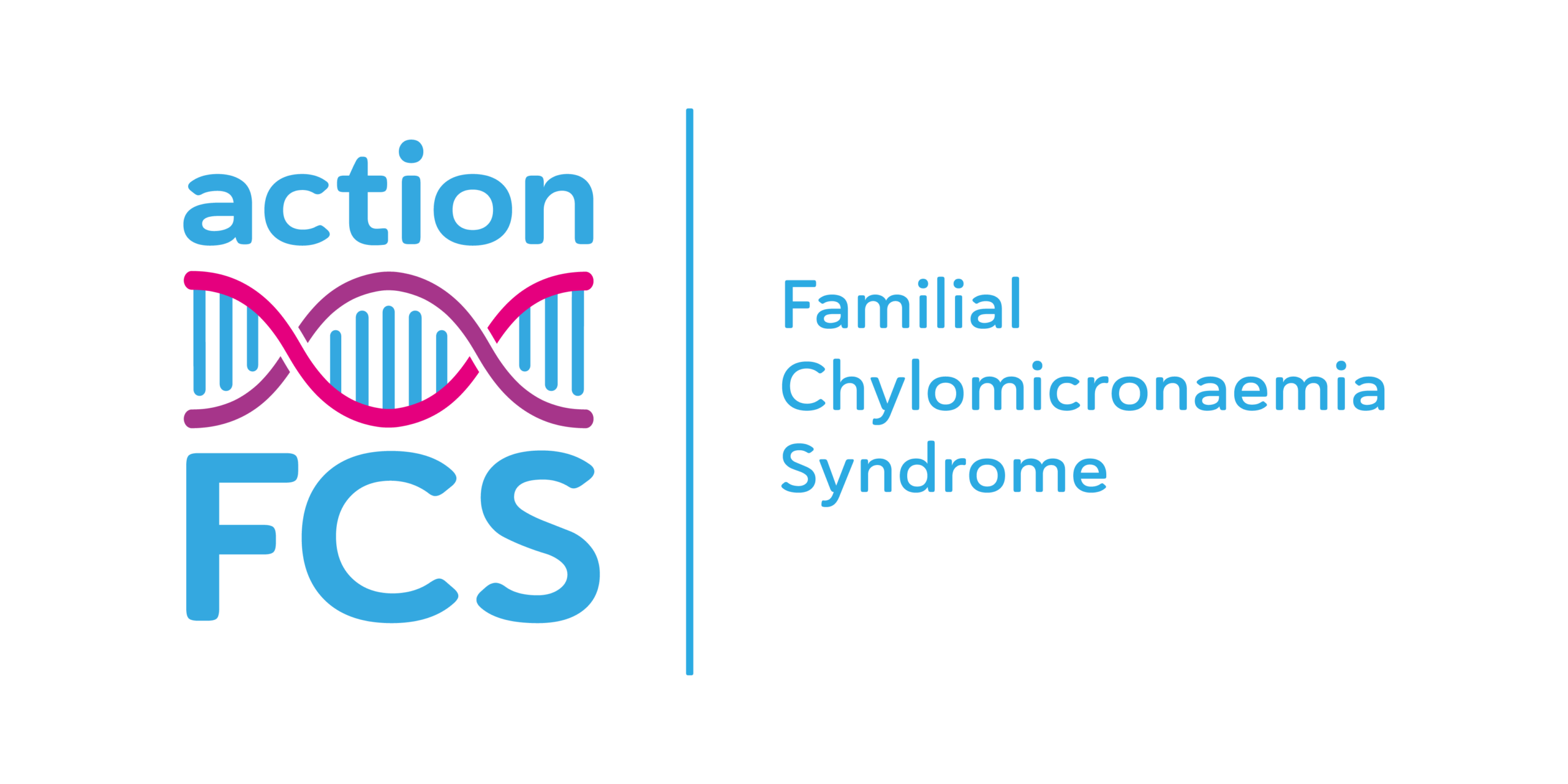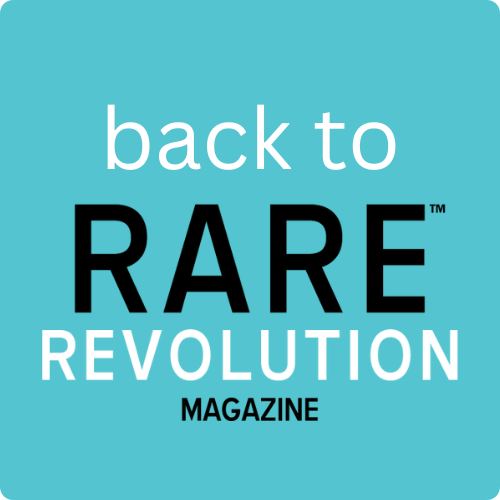Putting you in the heart of the rare community – Action FCS
Estimated reading time: 5 minutes
Patient advocacy groups deliver their top three unmet needs and main asks of industry to best serve their rare community. This week’s insights come from Jill Prawer, chair, Action FCS


Action FCS wants everyone with familial chylomicronaemia syndrome (FCS) to live as full and healthy a life as possible. To do this we raise awareness of, and educate about, the patient experience and the impact of the condition. We run virtual events and hold our annual FCS Awareness Day on the first friday in November when we challenge people to take the FCS 10g Fat Challenge and share the experience of patients for just one day. We support patients and those close to them through our Facebook group FCS Community, and we advocate for excellent care and new medicines, representing the patient voice in medicines regulatory processes.
People with familial chylomicronaemia syndrome (FCS) have difficulty properly metabolising, or absorbing fat. This is because they lack, or have limited amounts of, the enzyme lipoprotein lipase, or what enzyme they do have doesn’t work. When they eat fat it travels around in the blood as triglycerides which clump together as chylomicrons, causing the many symptoms of FCS and the milky white appearance of the blood that is typical of the condition. The main symptoms are abdominal pain which can be severe, and pancreatitis which can be life threating, can lead to chronic pancreatitis and can cause diabetes.
What are your top three unmet needs or main asks of industry to best serve your rare ecosystem?

A cure is the dream, but otherwise, more treatment options so that all patients will have access to a medication that relieves the symptom burden and allows for a greater intake of dietary fat. For too many people with FCS, the only way to manage the many symptoms of the condition is to avoid eating fat. Patients are recommended to eat less than 20g of dietary fat per day, limit added sugars and avoid alcohol. Many patients find 20g fat too high and find that 10g is a more reasonable target to try to manage their symptom burden.
The current therapy available for FCS is for adults only, is administered by injection, needs to be closely monitored by home visits, stored in a fridge and is an adjunct to the FCS diet. Side-effects include thrombocytopaenia (reduced platelets that can lead to bleeding) and can be difficult to manage, and many patients find they need to stop using the therapy. More options for patients would allow greater numbers to find some relief from the daily struggle of living with FCS, and a treatment option suitable for use from birth that could be taken orally and stored easily would be ideal. If also low cost, the therapy could be made available to patients from low-income countries for whom the current therapy is not a possibility.

A home testing kit that can measure fasting triglycerides, amylase and lipase levels so that patients can see what their numbers are, to better understand how at risk of pancreatitis they might be. Currently, patients get very stressed about the possibility of a pancreatitis attack (and the disruption this will bring). Knowing what their levels are will help them to understand when the risk is not high and relieve undue stress, or will alert them to the fact that they need to be especially cautious about what they eat in the days ahead. Current home testing kits only measure triglycerides up to 8mmol/L which for the average FCS patient is too low to be meaningful. The triglyceride levels of people with FCS are frequently over 10mmol/L and can be over five, six or more times higher.

Funding for/more research into FCS to understand the potential link with heart disease, the potential link with dementia, the impact of menopause on FCS and mitigating treatments for any risks identified. Other areas for research could be why some patients develop diabetes where others don’t; the different impact of the five genes causing FCS on the amount of fat patients can metabolise; how carriers of the different FCS genes are affected; and many more questions.
Connect with Jill
in the thick of it puts you in the heart of the RARE communities you serve. To connect with more RARE communities click below.

